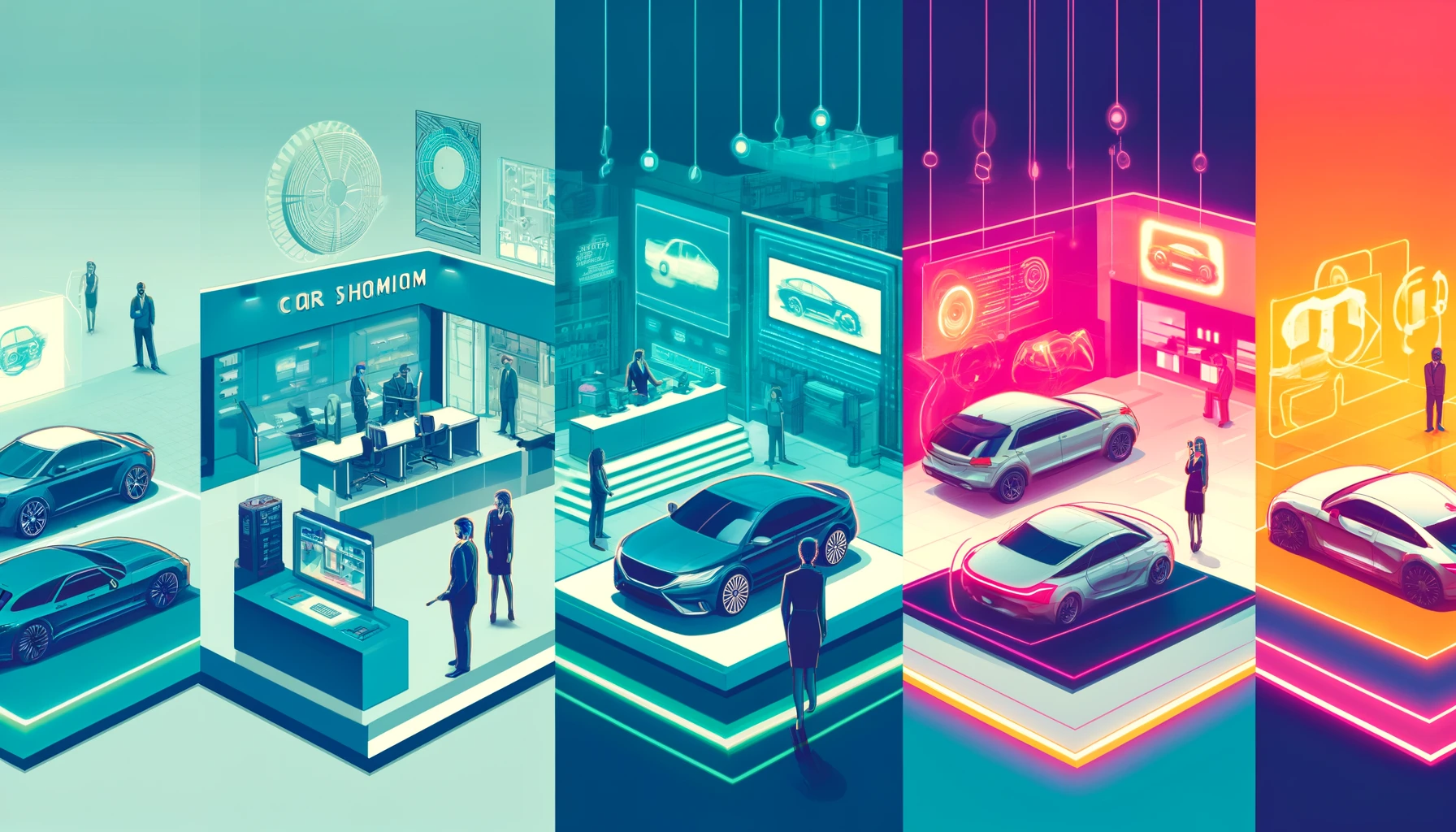The Digital Revolution in Car Showrooms
As the automotive industry continues to evolve, dealerships are constantly seeking innovative ways to attract and retain customers. One of the most transformative strategies has been the integration of commercial video programming into the car showroom experience. This technology not only enhances the aesthetic appeal of the showroom but also provides an engaging platform to showcase vehicle features, brand stories, and promotional content in a dynamic and interactive manner.
Commercial video programming can take many forms, from large-scale digital displays and video walls to touch-screen kiosks and interactive demonstrations. These digital solutions offer a multitude of benefits, including the ability to update content in real-time, tailor messages to specific audiences, and create immersive experiences that resonate with today’s tech-savvy consumers. Moreover, video content can effectively communicate complex information in a digestible format, helping customers make informed decisions about their potential purchases.
The implementation of such technologies signifies a shift from traditional sales tactics to a more modern, customer-centric approach. It’s not just about displaying cars anymore; it’s about creating an environment where customers can learn, interact, and connect with the brand on a deeper level. Consequently, commercial video programming has become a critical tool for dealerships aiming to elevate the car buying experience and differentiate themselves in a competitive market.
Maximizing Engagement Through Tailored Content
To maximize the impact of commercial video programming, it’s essential for dealerships to curate content that resonates with their target audience. This involves understanding customer preferences, behaviors, and the specific journey they undertake when considering a vehicle purchase. Tailored content can range from virtual test drives and feature explainers to customer testimonials and exclusive offers, all designed to engage viewers and encourage them to explore further.
Furthermore, video content can be strategically placed throughout the showroom to guide customers on a curated path, leading them through different zones and touchpoints. For example, a welcome video at the entrance can set the tone for the visit, while detailed product videos next to each car model can provide in-depth information, and a video wall in the waiting area can entertain and inform customers as they wait for service or assistance.
By creating a cohesive narrative across various digital touchpoints, dealerships can craft a seamless and captivating brand story that not only informs but also entertains and inspires. This approach not only keeps customers engaged within the showroom but also helps build brand loyalty and advocacy, as customers are more likely to share their positive experiences with others.
Staying Ahead of the Curve with Innovative Solutions
In the rapidly changing landscape of automotive retail, staying ahead of the curve with innovative solutions is paramount. Commercial video programming offers a versatile platform for dealerships to showcase cutting-edge technology, such as augmented reality (AR) and virtual reality (VR), to create even more immersive experiences. For instance, AR can allow customers to visualize different color options and accessories on a vehicle model, while VR can transport them to a virtual test drive on a scenic route.
These technologies not only provide entertainment value but also serve as powerful educational tools, helping customers better understand the features and benefits of different vehicles. As a result, they can make more confident purchasing decisions and feel a stronger connection to the brand.
Additionally, by leveraging data analytics, dealerships can gain insights into customer interactions with video content, allowing them to optimize their programming and tailor their messaging even further. This data-driven approach ensures that the content remains relevant, engaging, and effective in achieving the dealership’s marketing and sales objectives.
Conclusion
Commercial video programming is not just a trend; it’s a strategic imperative for car showrooms looking to thrive in the digital age. By embracing this technology, dealerships can create an elevated, informative, and memorable car buying experience that stands out from the competition. As the automotive industry continues to innovate, the role of commercial video programming in shaping the future of car showrooms will undoubtedly grow, offering endless possibilities for engaging customers and driving sales.
For auto dealerships ready to take their showroom experience to the next level, the integration of commercial video programming is a journey worth embarking on. It’s an investment in the future, a commitment to customer satisfaction, and a testament to the dealership’s dedication to excellence.







